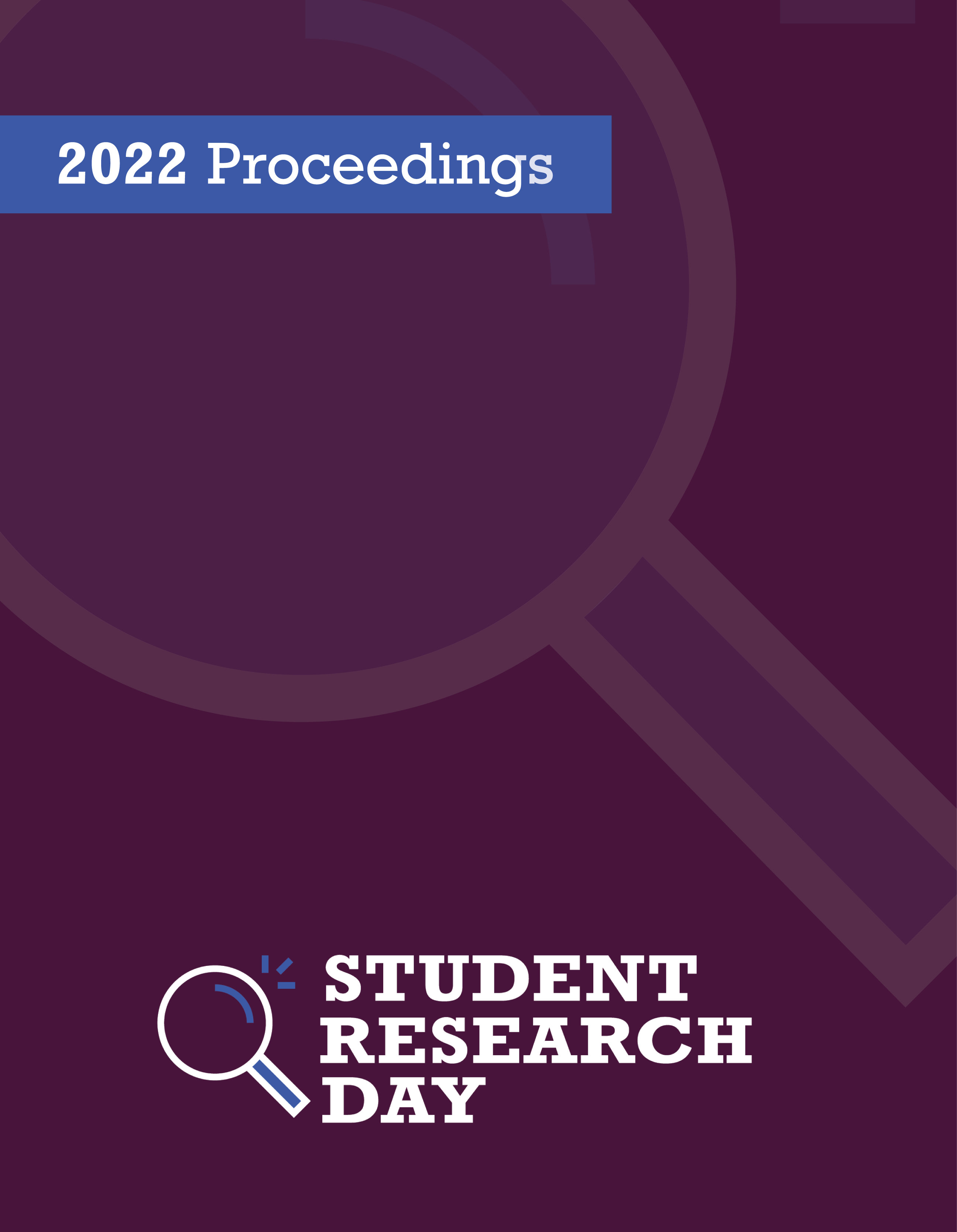The Psychophysics of Gender Perception in Handwriting
Abstract
Handwriting is a complex visual stimulus containing multiple dimensions. Such written letters are noisy and ambiguous, reflecting bits of one’s character within each writer’s unique form. In this sense, handwriting contains key features of the author’s identity much in the same way that faces contain one’s identity. Given our extensive experience with both stimuli, handwriting may be the only comparable stimulus to faces. This study therefore investigated whether traditional psychophysical techniques could be used to measure sensitivity to gender within handwriting samples and the role of word length. We created a completely novel set of stimuli to be able to control the gender identity strength, creating six strength levels: 0, 20, 40, 60, 80, and 100, depending on the % of male identity present. Word stimuli were presented under four word length conditions (2, 4, 8, and 16 letters). Subjects’ performance was well described with an ogival (psychometric) fit, demonstrating that the perception of gender in handwritten words can be captured psychophysically. We also found subjects’ performance varied depending on word length. Subjects possessed more uncertainty in rating the gender of a sample when fewer letters were present. As well, minimal differences in certainty rating 8 and 16 letter words provide support for the importance of global visual (efficient) processes in the perception of handwritten words.
Department: Psychology
Faculty Mentor: Dr. Nicole Anderson
Published
Issue
Section
License
Authors retain any and all existing copyright to works contributed to these proceedings.



